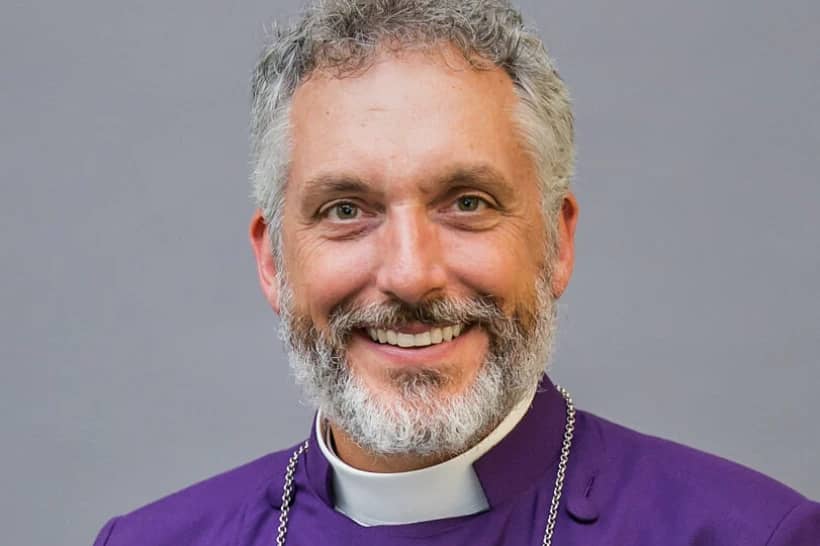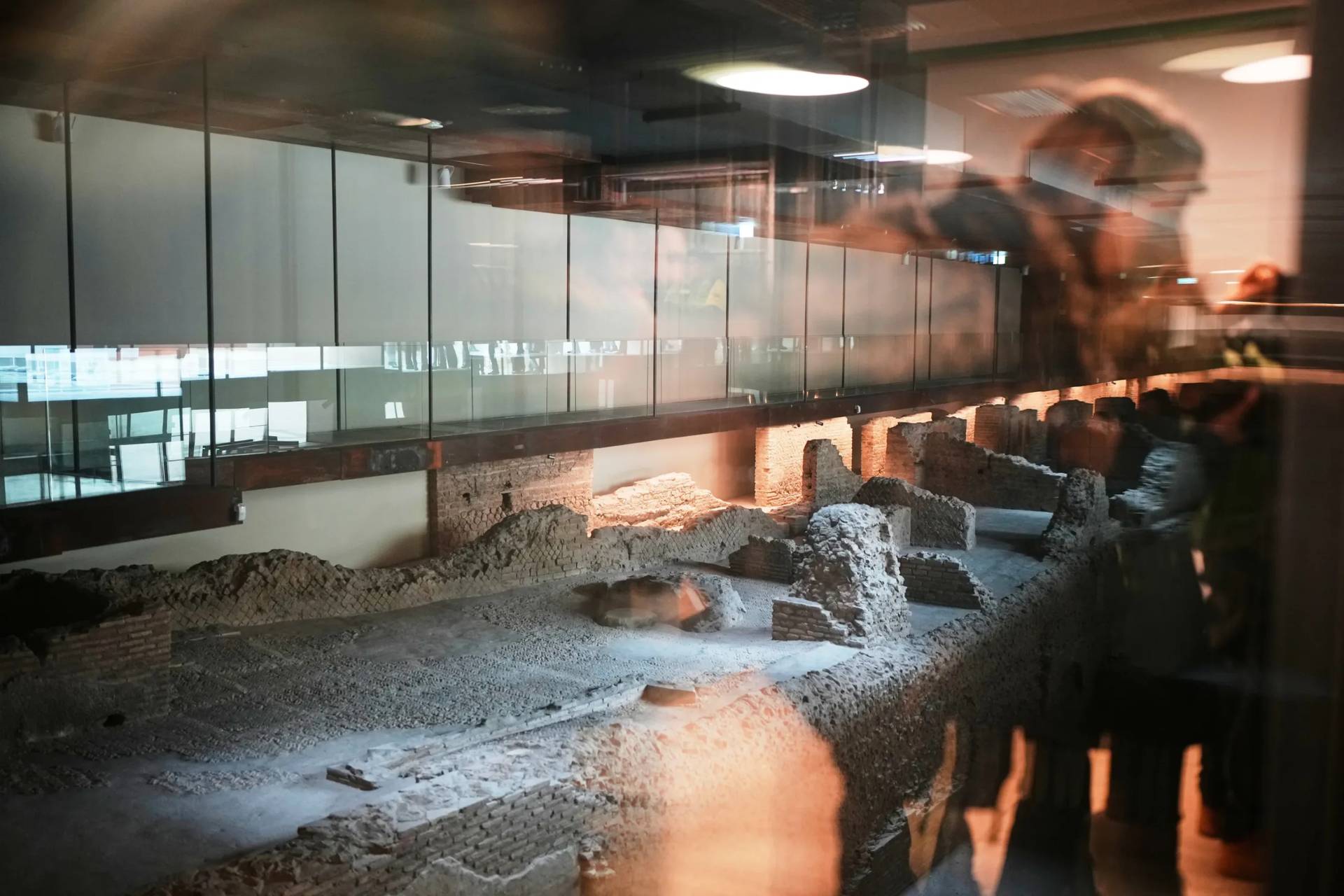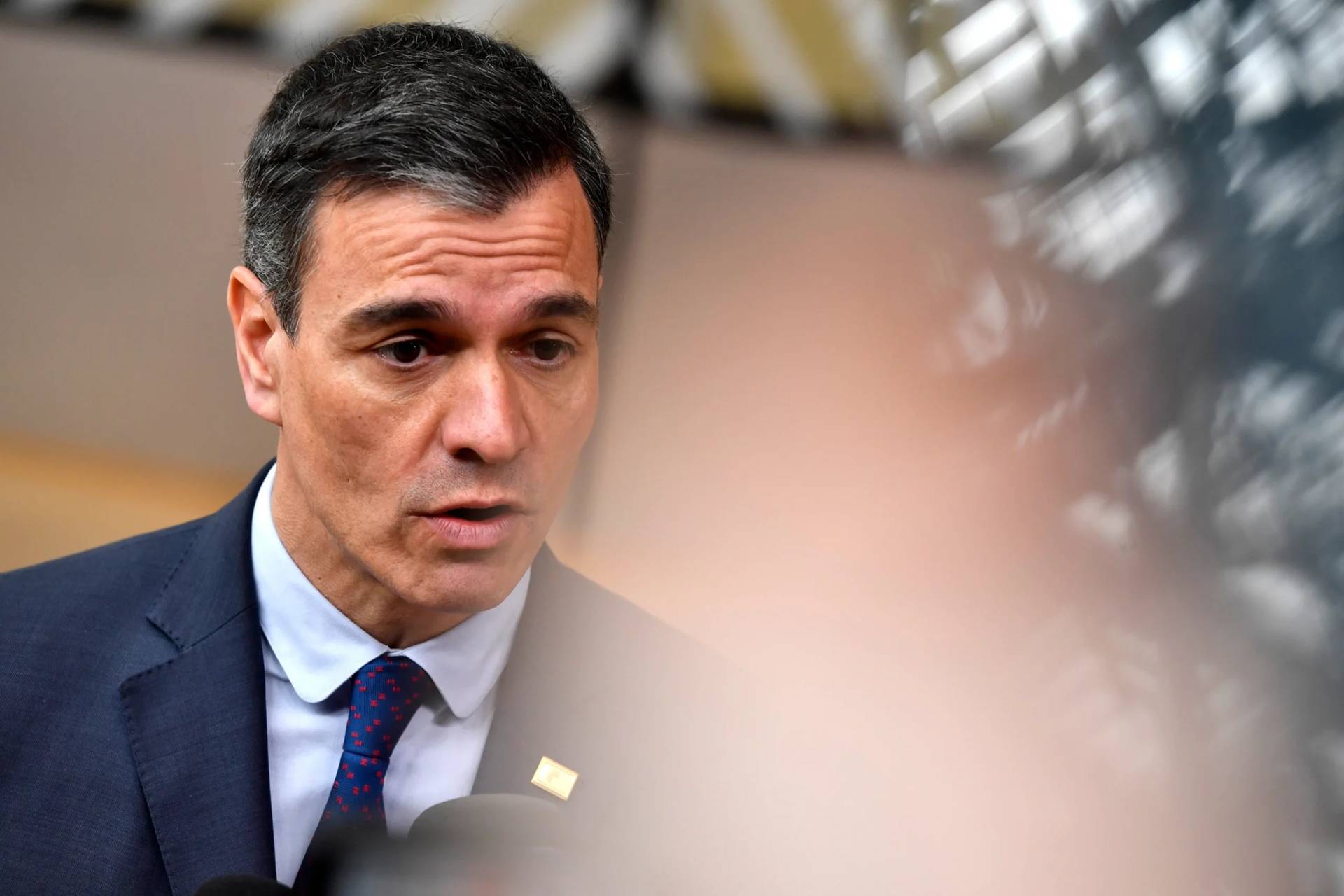ROME – When an ambitious and highly-anticipated exhibition on famed Renaissance painter Raphael opened Thursday, the moment served as proof that for Italians, not even the coronavirus is enough to keep them at home when an unprecedented collection of masterpieces comes to town.
After three years planning, the blockbuster “Raffaello 1520-1483” exhibit marking the 500th anniversary of the artist’s death opened its doors March 5 to the public despite a set of new restrictions rolled out by Italian Prime Minister Giuseppe Conte this week to prevent further spread of the COVID-19 virus.
These new measures include the closing universities and schools until March 15, as well as playing sports events behind closed doors.
However, none of this stopped visitors from lining up outside of Rome’s Scuderie del Quirinale to see the exhibit, at times waiting in lines up to an hour and a half long in windy Roman weather. This Saturday is also nearly entirely booked up, and Sunday’s free slots are going fast.
Dubbed “unprecedented” by Italy’s Ministry for Culture, the exhibit will run from March 5 to June 2 and features more than 200 masterpieces never before featured in the same place, including paintings, sketches and comparison works, 120 of which are by Raphael himself.
Pieces have arrived on loan from some of the most prestigious collections in the world, including those of Queen Elizabeth II, the Louvre in Paris, London’s National Gallery, the Prado museum in Madrid, and around 40 paintings and sketches from the Uffizi Galleries in Florence.
According to Jill Alexy, an independent theological consultant and guide living in Rome, the reason so many people turned out despite fears over the coronavirus outbreak in Italy is that “this is a kind of exhibit that locals really appreciate,” and as such, “will put at the top of their priority list.”
While select areas in northern Italy have been put on lockdown, in much of Italy “locals are not really changing their day to day lives, other than exercising more caution in certain situations. I would not call it a crisis-like atmosphere, but rather it is very quiet and calm,” she said, noting that there is still traffic, pedestrian congestion on the streets, and public transportation is still crowded.
“But Renaissance masterpieces are something Italians eat, breath, live,” Alexy said, explaining that “when they see some of the most majestic art that’s ever been produced, from within their own unique cultural and historical milieu, and it all comes together in a one-time only event, they will beat a path to go and see it.”
More than 60,000 tickets were sold in advance of Thursday’s opening, and other slots are quickly filling up to see the work of a man hailed as one of the world’s most renowned painters.
Raffaello Sanzio was born in Urbino in 1483. By the time he was 17, he was already gaining recognition for his talent, working mainly for wealthy families and producing numerous religious devotional images, altar pieces and portraits.
Before moving to Rome in 1508 at the summoning of Pope Julius II, he spent time in Florence being mentored by Leonardo da Vinci, and was also famously apprenticed at the workshop of renowned artist Perugino.
After opening his own workshop in Rome, Pope Julius commissioned Raphael to fresco the walls of the Stanza della Segnatura, which is now part of the “Raphael rooms” portion of the regular tour of the Vatican Museums.
When Raphael died on April 6, 1520, in Rome at the age of 37 after battling a fever for several days, he was buried in the Pantheon. To this day, visitors and pilgrims can pay their respects at his tomb, which reads, “Here lies Raphael, by whom nature herself feared to be outdone while he lived, and when he died, feared that she herself would die.”
Now, 500 years later, Raphael is still considered one of the greatest painters of the Italian High Renaissance, and in particular Renaissance Rome, alongside his famous contemporary Michelangelo Buonarroti.
Among the more recognized of Raphael’s works included in the exhibit the Madonna del Granduca and Woman with a Veil from the Uffizi; the Portrait of Baldassarre Castiglione and Self-Portrait with Friend from the Louvre, and the Madonna of the Rose from the Prado.
Also featured are Raphael’s famed works, Portrait of Pope Leo X and La Fornarina, or the baker’s daughter.
Speaking of the depth of Raphael’s works, Alexy cited an episode in the life of St. Thomas Aquinas, who toward the end of his life is said to have had a mystical vision in which a voice from a Crucifix under which he was praying spoke to him, saying, “you have written well of me, Thomas.”
Given the importance of Aquinas for Raphael and his contemporaries, this scene, she said, mirrors “the eloquence and mastery of Raphael, as well. Except in the case of Raphael, instead of writing well of God with text and letters and sentences and paragraphs, he writes it with a paintbrush or a blueprint or a drawing, and in shapes and color.”
“Raphael wrote well of God in how he illustrated the truth of God’s divine beauty,” she said,
Comparing the task of picking a favorite work from Raphael to one’s favorite gelato flavor, she said “there can never be just one!” Rather, “like appreciating a fine balance between perfectly paired gelato flavors on a single cone, Raphael ideally blends the sacred and the profane into a visual feast for the eyes.”
In his works, Raphael’s depiction of the so-called “profane,” or day-to-day life, and the sacred, or revealed mysteries of the life of faith, she added, blend together “in a perfect serving of High Renaissance Art.”
“In a portrait, in any number of small details, in exquisite background scenes, or in illustrious lighting on an iconic figure or Biblical moment, Raphael uses genius technique to emphasize both the beauty and the struggle of day-to-day, normal, average life,” Alexy said.
On the other hand, she said, he also uses these same elements to beckon the viewer “into the seemingly challenging, but yet also somehow inviting elements of faith.”
The essence of this, she said, is that many of Raphael’s paintings and works function “as if they are a painted sermon. You can listen to a homily, you can read a lesson, or you can look at a Raphael painting or tapestry or drawing. I tend to prefer the latter.”
“I think that’s why Popes loved him, I think that’s why later generations of even casual observers love him, and I think that’s why the Church loves him, I think that’s why he’s buried in the Patheon,” she said, “because the beauty that he could illustrate speaks to the truth of a life fully lived and the truth that believers feel when they feel that they are living out their faith.”
Follow Elise Ann Allen on Twitter: @eliseannallen
Crux is dedicated to smart, wired and independent reporting on the Vatican and worldwide Catholic Church. That kind of reporting doesn’t come cheap, and we need your support. You can help Crux by giving a small amount monthly, or with a onetime gift. Please remember, Crux is a for-profit organization, so contributions are not tax-deductible.















